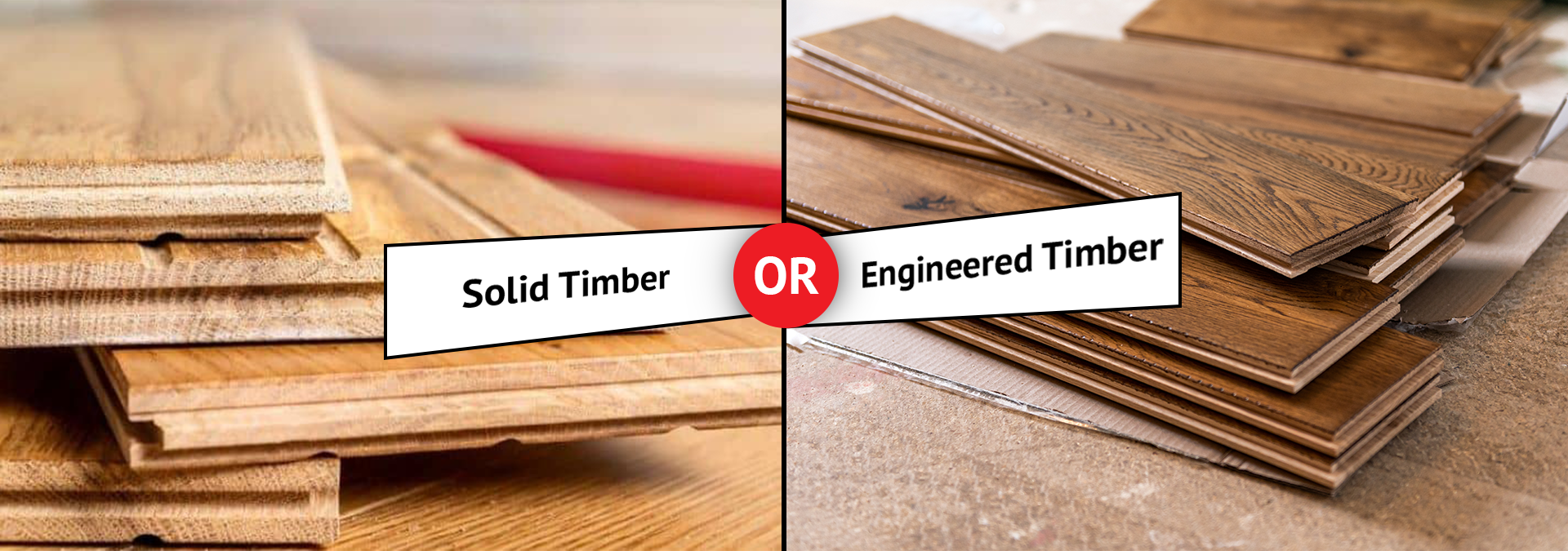Sourcing Solid Timber and Engineered Timber Flooring in China: An Introduction
Selecting the ideal flooring material for your hotel or restaurant is a crucial decision that significantly affects the aesthetics, durability, and maintenance of your space. Timber flooring, celebrated for its timeless charm and natural appeal, has become an increasingly popular choice in commercial settings. Its versatility allows it to complement various design styles, from classic to contemporary, making it an excellent option for creating a welcoming and elegant atmosphere. However, the decision between solid timber and engineered timber flooring can be challenging, particularly when navigating the diverse and expansive market of flooring suppliers in China.
Solid timber flooring is crafted from a single piece of natural wood, offering a rich, authentic feel that enhances the overall ambiance of a room. Known for its exceptional durability, solid timber can be sanded and refinished multiple times, allowing it to maintain its appearance for decades. However, it requires careful consideration regarding moisture and temperature fluctuations, which can cause warping or shrinking over time. Engineered timber flooring, in contrast, consists of a real wood veneer layered over a plywood or high-density fiberboard base. This construction provides greater stability and resistance to humidity and temperature changes, making it an ideal choice for high-traffic areas or environments prone to moisture.
When sourcing timber flooring in China, understanding these differences is essential to making an informed choice that aligns with your project’s specific needs. The country offers a wide range of high-quality options, from premium solid timber to cost-effective engineered varieties, catering to diverse budgets and design preferences. This guide explores these flooring types in depth, providing valuable insights into their unique characteristics and benefits. By understanding the nuances of sourcing in China, you can navigate the market effectively and select a flooring solution that enhances the beauty and functionality of your hotel or restaurant, ensuring a lasting impression on your guests.
Understanding Timber Flooring
1.1 Solid Timber Flooring: Solid timber flooring, the traditional choice for wooden floors, is crafted entirely from a single piece of hardwood species, such as maple, oak, cherry, or walnut. Typically, these planks are installed in their raw form, requiring sanding and polishing after installation to reveal their natural luster. The major advantage of solid timber is its longevity—its surface can be sanded and refinished multiple times, which can significantly extend its life span. This makes it an ideal choice for high-traffic areas where durability is paramount. Additionally, the unique grain patterns and colors of natural wood give each plank a distinctive look, adding to the floor’s overall character.
1.2 Engineered Timber Flooring: Engineered timber flooring offers the same visual appeal as solid timber but with a more cost-effective and technologically advanced approach. It consists of a thin layer of real timber veneer (typically 1mm to 4mm thick) adhered to a multi-layer substrate of plywood, high-density fiberboard (HDF), or pine wood. This layered construction enhances stability and minimizes the natural contraction and expansion associated with solid wood, making it more suitable for environments with fluctuating temperatures or moisture levels. Engineered timber boards are often pre-finished, eliminating the need for extensive sanding and polishing after installation, which reduces both time and labor costs.

Solid Timber vs. Engineered Timber Flooring
2.1 Appearance: Both solid and engineered timber flooring provide the warmth and character of natural wood. Solid hardwood flooring, available in both unfinished and pre-finished options, boasts a wider variety of species, colors, and textures, offering more design flexibility. While engineered timber replicates the appearance of solid wood, it can vary slightly due to its multi-layered construction. The top veneer layer determines its look, which means the choice of wood species still plays a crucial role in aesthetics.
2.2 Heat and Water Resistance: Although neither solid nor engineered timber is ideal for areas with high moisture, engineered timber offers better resistance to humidity due to its plywood or HDF base, which helps prevent warping and swelling. This makes it a preferred choice for installations over concrete subfloors or in regions with high humidity. Solid timber, on the other hand, can warp or expand with excessive moisture and is less stable in fluctuating climates.
2.3 Maintenance and Cleaning: Solid timber flooring is relatively straightforward to clean and maintain, with regular sweeping and vacuuming sufficient for daily upkeep. Special timber cleaning solutions can remove stains and rejuvenate its appearance. The ability to sand and polish solid timber multiple times is a significant advantage, allowing for restoration to its original condition even after years of wear. Engineered timber, while also easy to clean, has a more limited sanding capacity due to its thin top veneer. This limits its ability to be restored compared to solid wood but still offers a reasonable lifespan with proper care.
2.4 Lifespan: Solid hardwood flooring is renowned for its longevity, with a potential lifespan ranging from 30 to 100 years, depending on the wood species and level of maintenance. Engineered timber, with a typical lifespan of up to 30 years, is less durable in comparison but still provides a long-lasting solution for commercial spaces, particularly where cost or environmental conditions are a concern.
2.5 Cost: Cost is a critical factor when choosing between solid and engineered timber flooring. Solid timber is generally more expensive due to its use of pure hardwood and the labor-intensive installation process. Engineered timber, offering a similar aesthetic at a lower cost, is often a more budget-friendly option. This makes it an attractive choice for projects where aesthetics are important but budget constraints exist.
2.6 Installation: The installation process differs significantly between the two types of flooring. Solid timber flooring is traditionally installed using tongue-and-groove planks or nailed directly to the subfloor, which can be labor-intensive and require skilled craftsmanship. Timber skirting is often added along the base of walls to create a clean, finished edge and cover expansion gaps In contrast, engineered timber often features a click-and-lock system that simplifies installation and can be floated over an underlayment, reducing both time and labor costs. Some engineered options may still require nailing, particularly in high-traffic areas.
2.7 Size: Solid timber planks typically come in standard sizes, such as 2¼ inches in width, ¾ inches in thickness, and lengths ranging from 12 to 84 inches. Engineered timber boards are generally thinner, ranging from 3/8 to 9/16 inches in thickness, and can be wider, up to seven inches. They also offer more varied lengths, from 12 to 60 inches, providing additional flexibility for installation in different room sizes and configurations.
2.8 Hardness: Both solid and engineered timber flooring come in various hardness levels, depending on the wood species used. Hardness affects durability, with harder woods offering better resistance to dents and wear. Engineered timber can feature different core materials like HDF, which is denser and more robust than MDF (Medium-Density Fiberboard), providing added durability and stability.
Conclusion
In conclusion, the choice between solid timber and engineered timber flooring ultimately boils down to personal preferences, budget considerations, and your specific project requirements. Both options offer stunning visual appeal, easy maintenance, and a wide range of styles and finishes.
Whether you opt for the enduring charm of solid timber or the cost-effective elegance of engineered timber, your choice of timber flooring is a testament to your commitment to timeless beauty and enduring quality. Now that you possess a comprehensive understanding of these flooring options, you can confidently make the right decision for your hotel or restaurant project.
Sourcing Timber Flooring Materials in China
Choosing the right timber flooring for your hotel or restaurant involves balancing personal preferences, budget considerations, and specific project requirements. Solid timber and engineered timber are two versatile flooring options that provide stunning visual appeal, ease of maintenance, and a broad range of styles and finishes suitable for commercial spaces. Solid timber, crafted from a single piece of wood, offers unparalleled durability and the ability to be refinished multiple times, making it an excellent long-term investment. However, it may require careful maintenance to protect against moisture and temperature fluctuations. On the other hand, engineered timber, constructed with a real wood veneer over a plywood base, offers a cost-effective installation and superior stability in moisture-prone environments, providing a practical solution for high-traffic areas.
Both solid and engineered timber flooring have their unique advantages that cater to different project needs. Solid timber flooring is ideal for spaces where a classic, rich appearance is desired, and where the flooring is less likely to be exposed to moisture. It adds significant value to any property and can be rejuvenated through sanding and refinishing. Meanwhile, engineered timber offers flexibility in design and installation, with the added benefit of being more resistant to changes in humidity and temperature. This makes it a great choice for areas where climate control is a concern or where flooring will face frequent use and potential exposure to moisture.
Ultimately, whether you choose the enduring charm of solid timber or the practical elegance of engineered timber, your selection will reflect a commitment to excellent quality and aesthetic appeal. With a thorough understanding of these options and their respective benefits, you can make an informed decision that enhances the overall design, comfort, and functionality of your hotel or restaurant. By sourcing timber flooring materials in China, you have access to a wide variety of choices that combine excellent quality of craftsmanship with competitive pricing, ensuring a flooring solution that perfectly aligns with your project’s unique needs.
For more flooring options, you can also read our blog post on Choosing the Right Flooring When Sourcing from China: Tiles vs. SPC Flooring. It provides a detailed comparison to help you make an informed decision.






